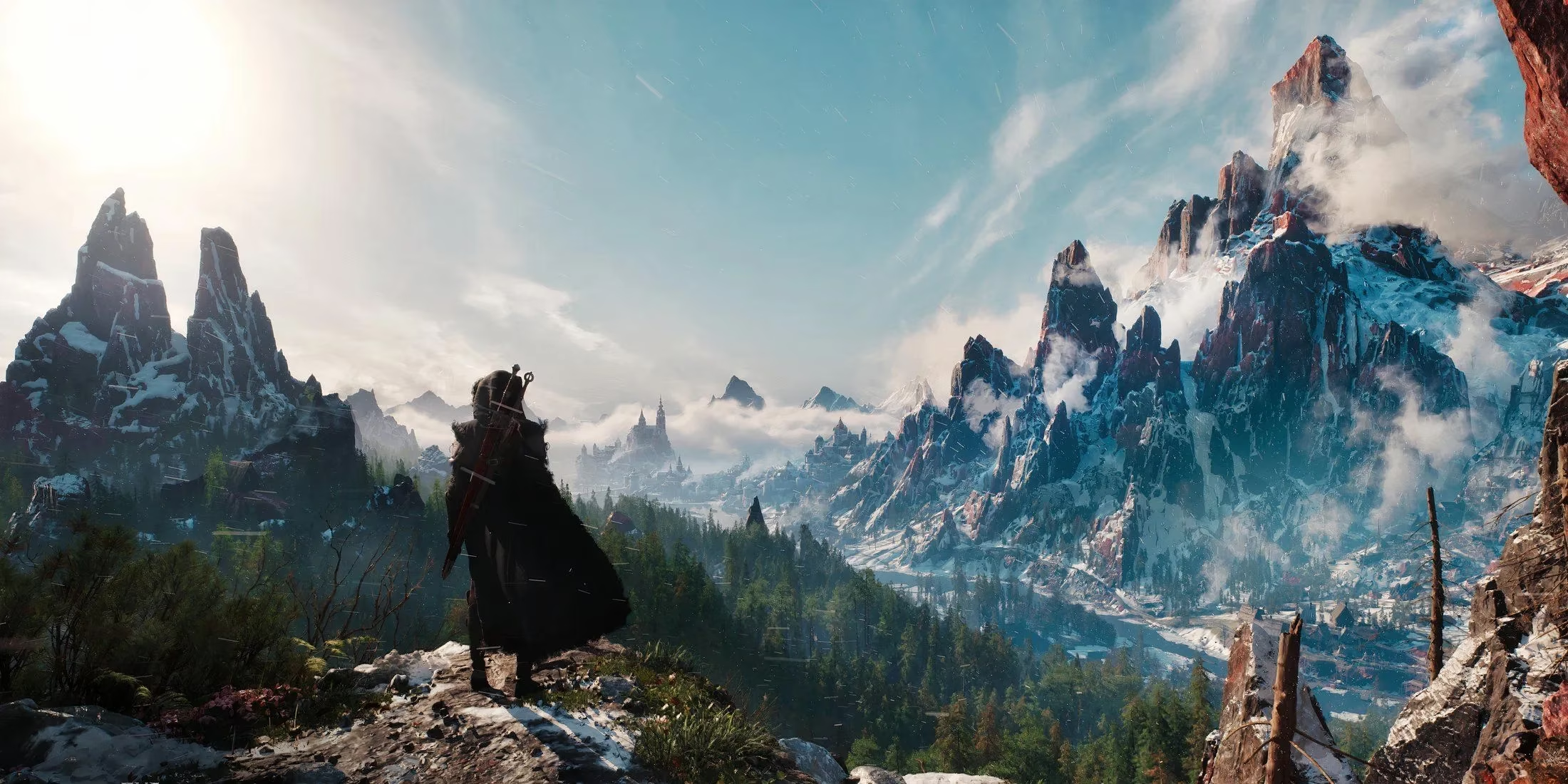The Witcher 4's Fast Travel System: Finding Balance Between Convenience and Immersion
Discover how The Witcher 4's fast travel system balances immersion and convenience, shaping Ciri's epic journey across the expansive Continent.
As I'm diving into all the rumors and confirmed details about The Witcher 4, I can't help but focus on something that might seem mundane but actually shapes our entire gaming experience - the fast travel system. With the game's anticipated release drawing closer, it's worth examining how CD Projekt Red might handle this crucial gameplay element that will impact how we experience Ciri's journey across the Continent.

The Witcher 4 stands as one of the most eagerly awaited titles in recent memory. With Ciri taking the lead role, we're expecting a rich, detailed world that expands the lore we've come to love. Combat will undoubtedly undergo significant changes to reflect Ciri's unique fighting style and abilities, which differ dramatically from Geralt's more methodical approach.
But let's talk about fast travel - that background feature we all use but rarely discuss. In massive open-world games, the implementation of fast travel can make or break the player experience. It's a delicate balance, really. Too convenient, and players miss the beauty of the world designers spent years creating. Too restrictive, and frustration sets in when you're forced to trudge across familiar terrain for the twentieth time.
The Fast Travel Controversy
I've noticed that fast travel systems can be surprisingly divisive among gamers. Some advocate for highly integrated systems like Morrowind's silt striders, which maintained immersion while providing transportation. Others prefer the convenience of Oblivion Remastered's approach, where you could instantly travel to any city regardless of whether you'd visited it before.
The debate centers around immersion versus convenience:
-
Immersion advocates argue that unrestricted fast travel diminishes the sense of scale and discovery
-
Convenience supporters point out that forced travel becomes tedious after dozens of hours in a game
-
Middle-grounders (like myself) appreciate systems that require initial exploration but then offer reasonable shortcuts
CDPR's Proven Approach
CD Projekt Red seems to have found their sweet spot with the signpost system introduced in The Witcher 3. This approach carried over to Cyberpunk 2077 (albeit with futuristic dataterms instead of medieval signposts), suggesting the studio has confidence in this implementation.
The system works because:
-
It requires initial exploration to discover fast travel points
-
Players still need to navigate to and from these points
-
It maintains a sense of immersion by tying fast travel to physical objects in the world
-
The distribution of points strikes a balance between convenience and encouraging exploration
What This Means for The Witcher 4
Given CDPR's pattern, I'm expecting The Witcher 4 to maintain this proven fast travel approach. Why reinvent something that already works so well? The signpost system elegantly supports narrative-driven quests by dropping players close enough to objectives while still allowing for organic discoveries along the way.
I imagine Ciri's story will take us across diverse landscapes, from dense forests to sprawling cities. Having to discover signposts in each new region will encourage us to truly explore these environments before unlocking the convenience of fast travel.
The system also complements the game's narrative focus. By requiring some on-foot travel, players are more likely to stumble upon side quests, hidden treasures, or random encounters that enrich the storytelling experience. These unexpected discoveries often become the most memorable moments in open-world games.
The Bigger Picture
Fast travel isn't just about getting from point A to point B - it fundamentally shapes how we interact with game worlds. A well-designed system encourages exploration while respecting player time.
Consider these factors that make The Witcher 3's approach successful:
-
Signposts are placed logically near settlements and crossroads
-
The system discourages constant fast travel without making it punitive
-
It fits naturally within the game's world and lore
-
It supports rather than undermines the narrative experience
The Exploration Balance
The true art of open-world design isn't just creating a beautiful landscape - it's giving players compelling reasons to explore it. Fast travel that's too convenient can undermine this goal, while overly restrictive systems can frustrate players.
I've found that The Witcher 3's approach hits that sweet spot. I'll never forget riding through Velen at sunset, planning to fast travel after reaching the next signpost, only to be distracted by smoke from a nearby village that led to an unforgettable questline. Would I have experienced that if I could fast travel from anywhere? Probably not.
Looking Forward
As we await more details about The Witcher 4, I'm curious how the team might refine this system. Perhaps Ciri's abilities could introduce new wrinkles to fast travel? Or maybe certain areas will be accessible only through special means?
Whatever the case, I trust CDPR to maintain that delicate balance between convenience and immersion. After all, the studio has demonstrated its understanding that sometimes the journey matters as much as the destination.
Have you experienced The Witcher 3's fast travel system? What did you think of it? Join the conversation and share your thoughts on how The Witcher 4 might improve or change this feature. Let's keep the discussion going while we eagerly await Ciri's adventure! 🐺⚔️